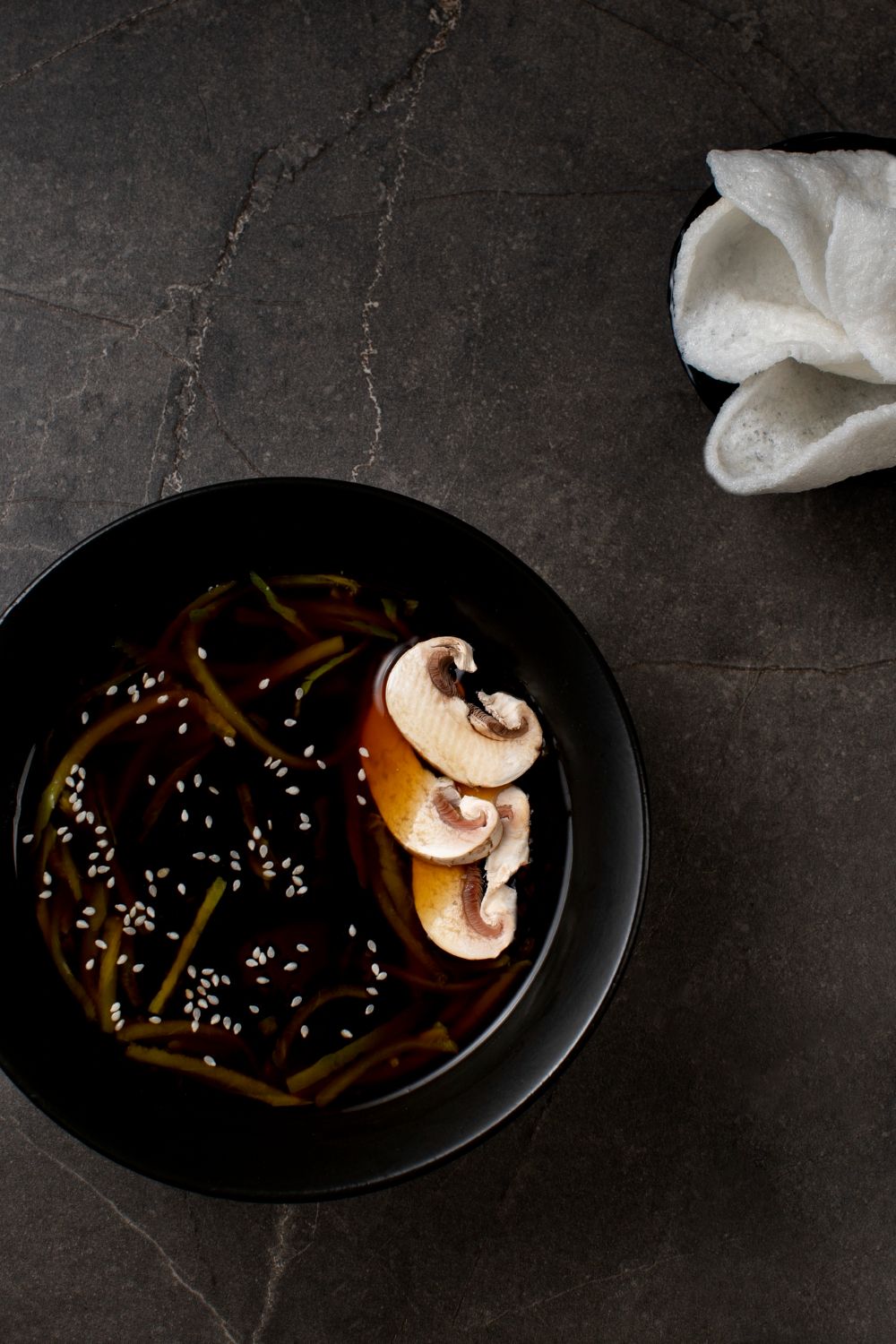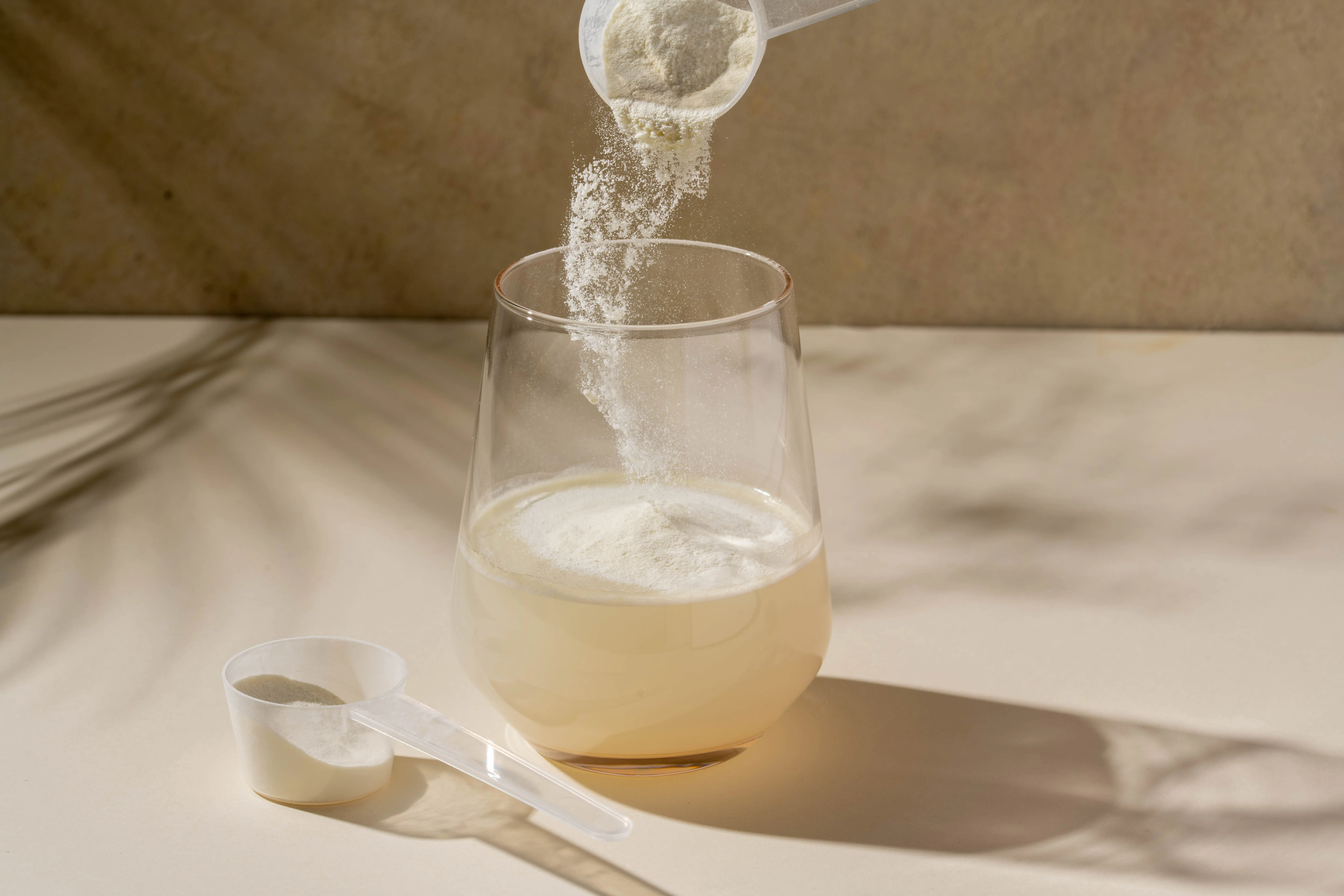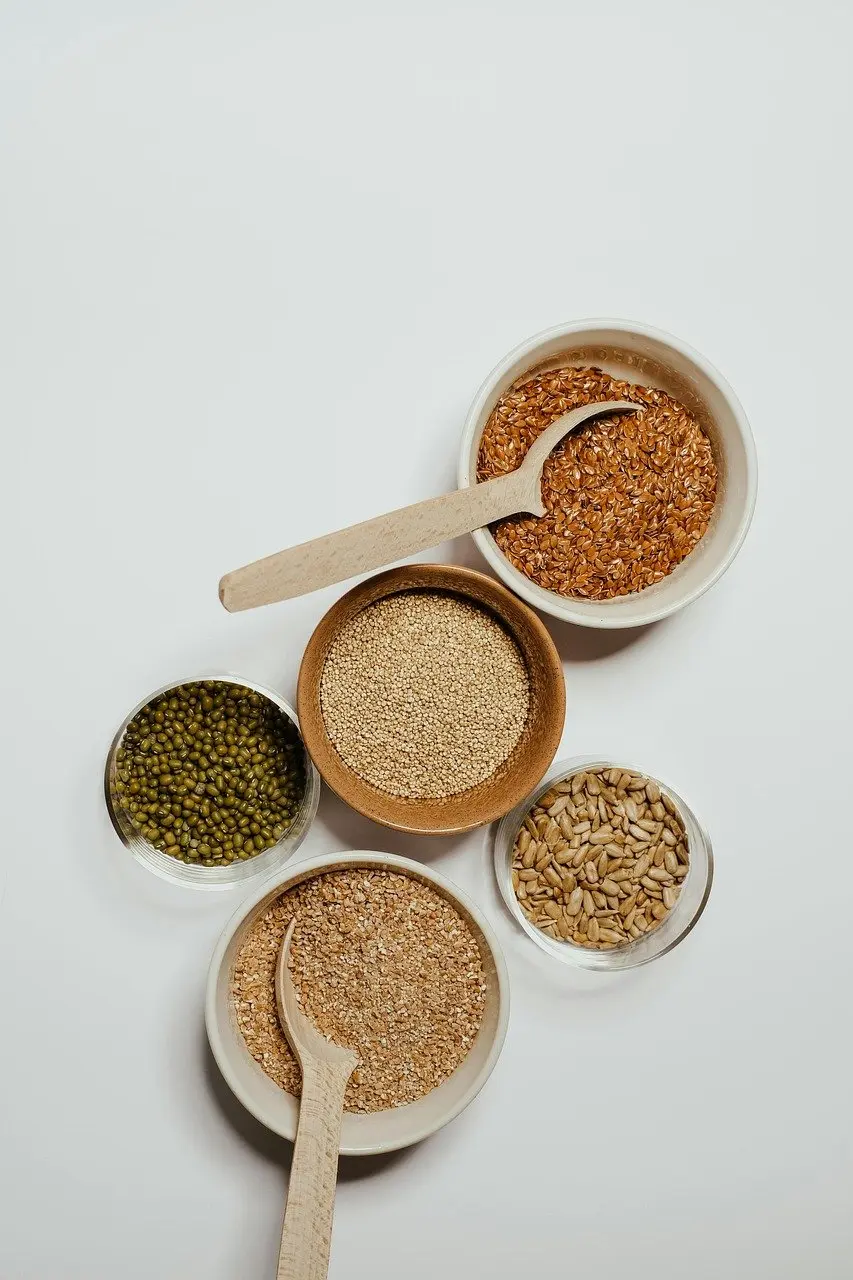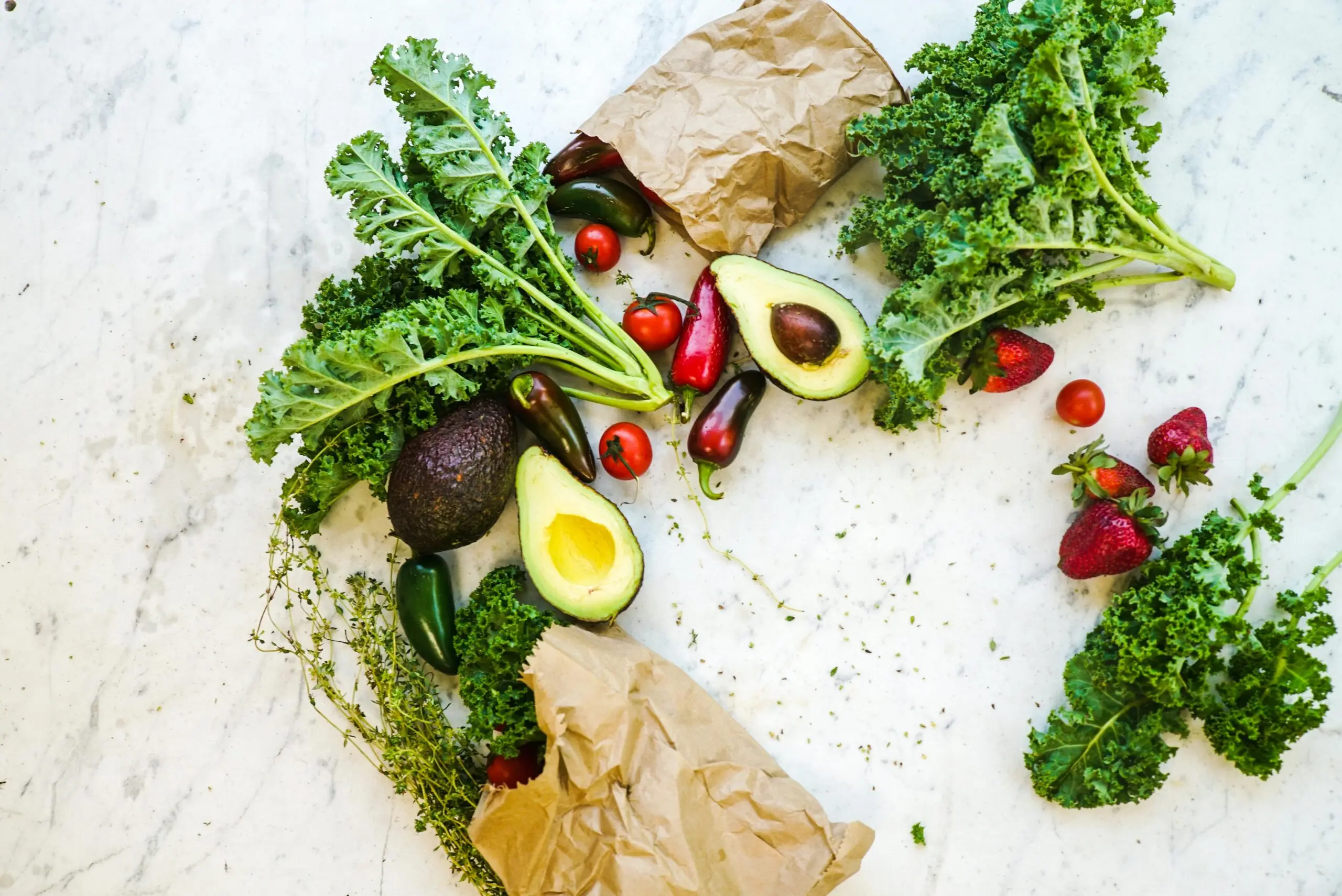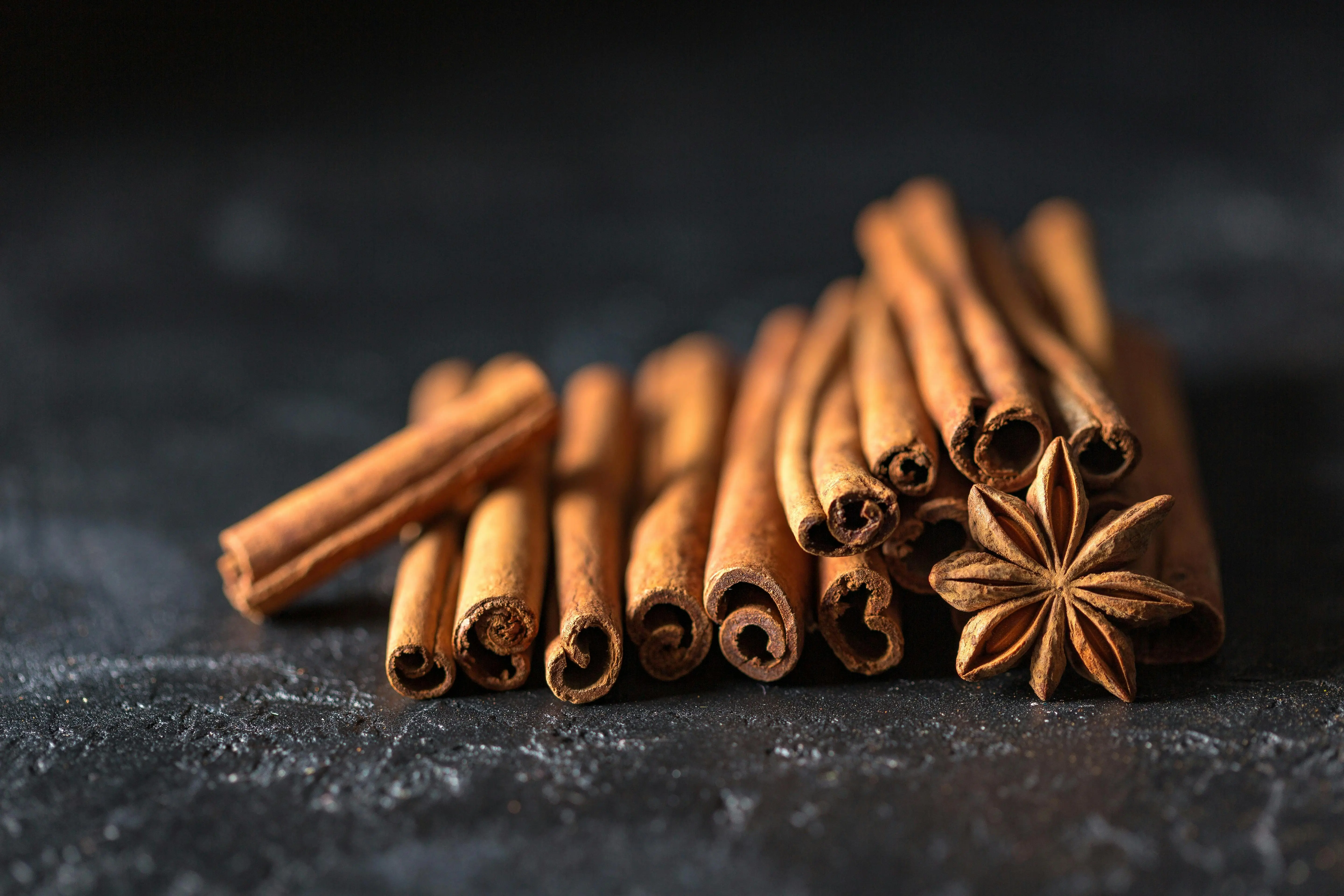Travel opens up new horizons, they say. Sometimes completely new worlds open up, as was the case with Kikunae Ikeda. A study visit led the Japanese man to Europe in 1899 for two years at the University of Leipzig. There, for the first time in his life, the chemistry student tried asparagus, tomatoes, and ripe cheese. Since none of these foods tasted sweet, sour, salty, or bitter, he concluded that there must be a fifth taste besides the four known ones. After his return to Japan, he began to search for scientific evidence for his thesis. Lebensmittel Officially, Ikeda discovered the fifth taste in the spring of 1907 after his wife brought home seaweed that is traditionally used for dashi broth in Japan. Upon tasting it, he suddenly noticed the same unique flavor he had discovered in the completely new foods for him in Germany. Ikeda conducted various experiments in the university's lab with the "Laminaria japonica" seaweed to find out the reason behind its special savoriness. He isolated the amino acid glutamic acid and concluded that it was responsible for the aromatic taste.
Japan Japan Algeseaweed through to find out the reason for its special savoriness. He isolated the amino acid glutamic acid and concluded that it was responsible for the aromatic taste.
What does umami mean?
He called it 'umami', which literally means 'simply delicious'. However, it would take almost another century before it was scientifically recognized that there were not four, but five flavors. It wasn't until the year 2000 that a team of neuroscientists from the University of Miami discovered the taste receptors TAS1R1 and TAS1R3 on the tongue - the corresponding sensory cells for umami. The researchers thus proved that umami really exists - and is triggered by the flavor enhancer monosodium glutamate (MSG).
A major contributor to the fact that umami - often referred to as 'the taste of happiness' in Japanese cuisine - is now a familiar term in Europe and America is Dr. Kumiko Ninomiya. The biochemist has been working for the Umami Information Center since 1982. 'After the study by scientists from Miami was published in the journal Nature Neuroscience in 2002, the British media reported on it,' says the Japanese scientist. 'Then the story spread within three to four days in Europe, the United States, and various Asian countries. This event led to the recognition of the term umami also in academic circles, among researchers, and .
